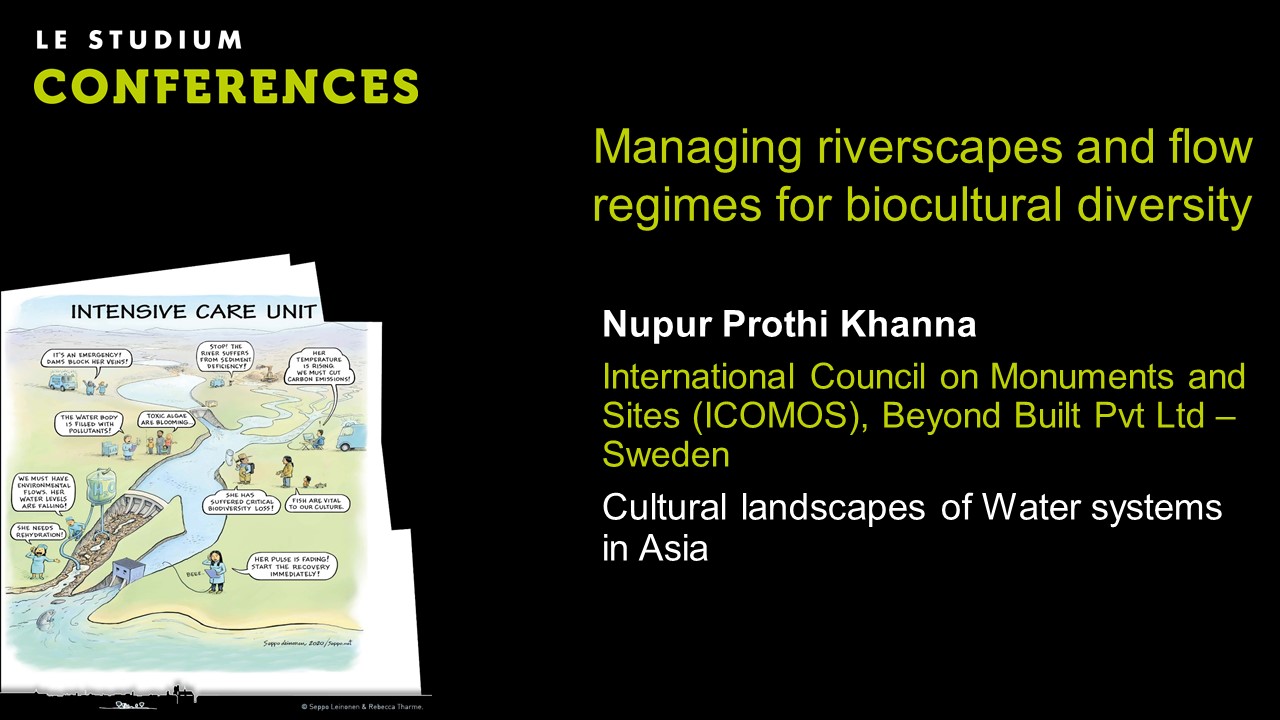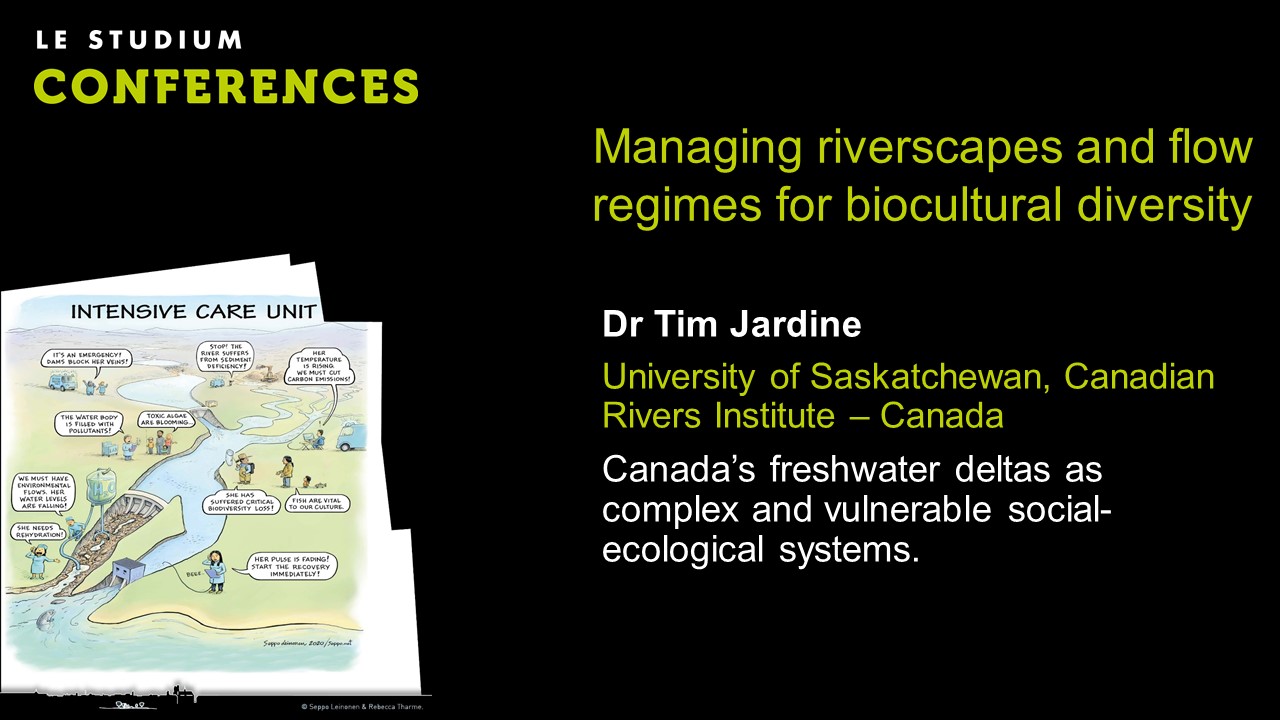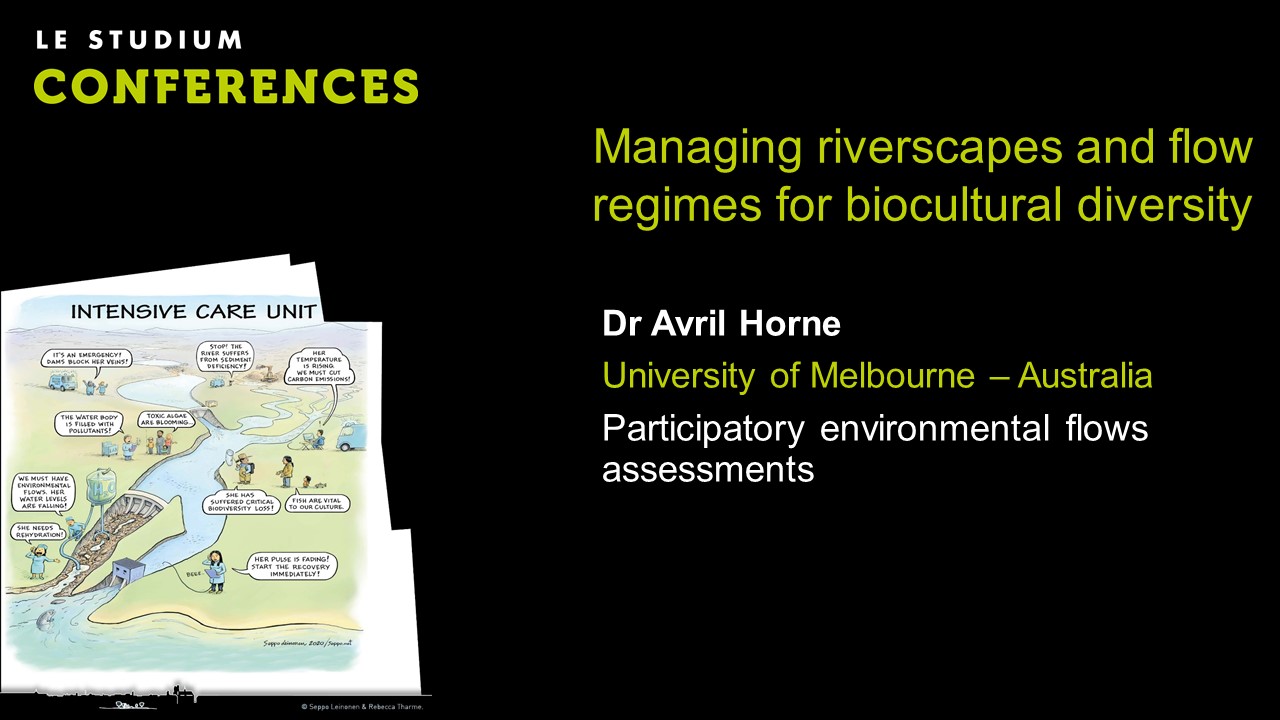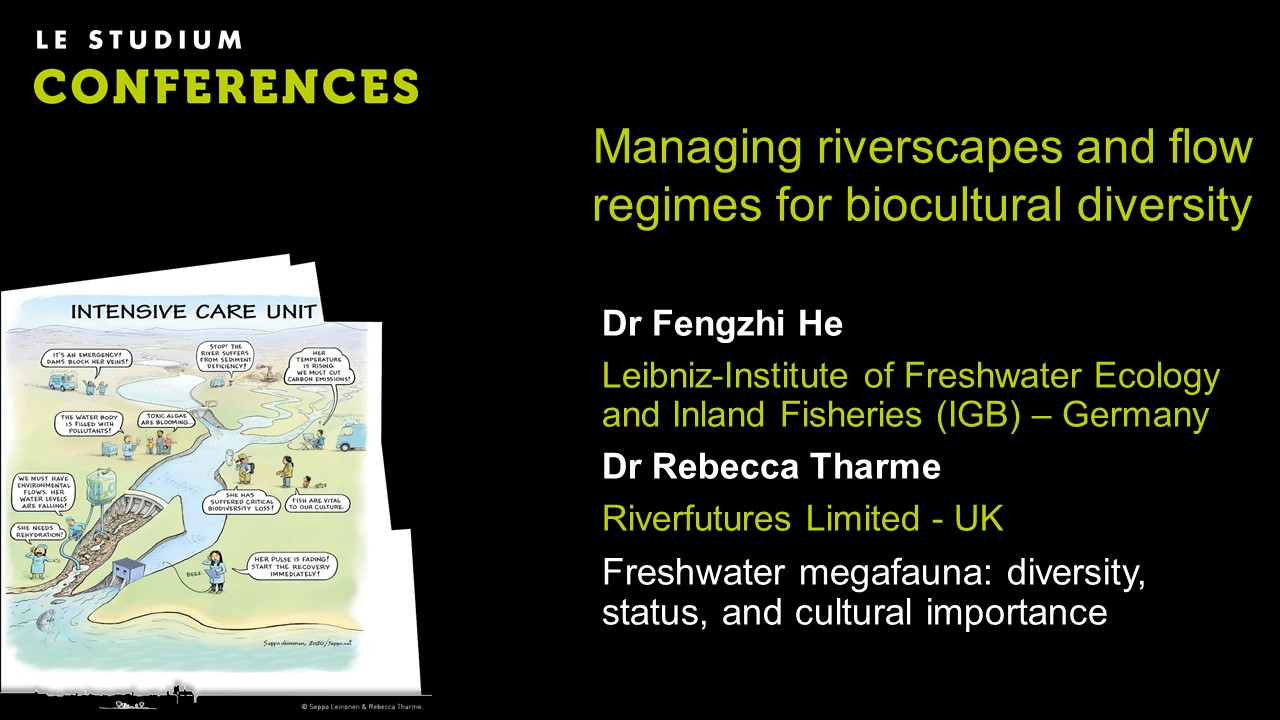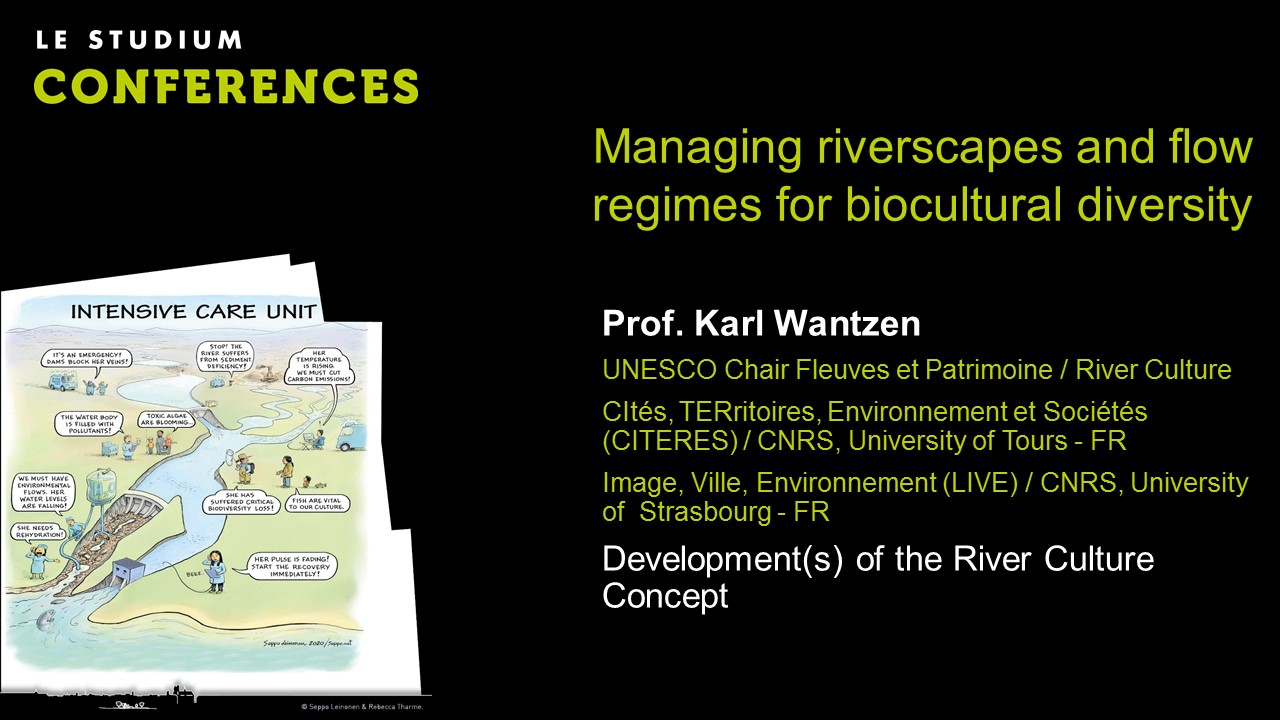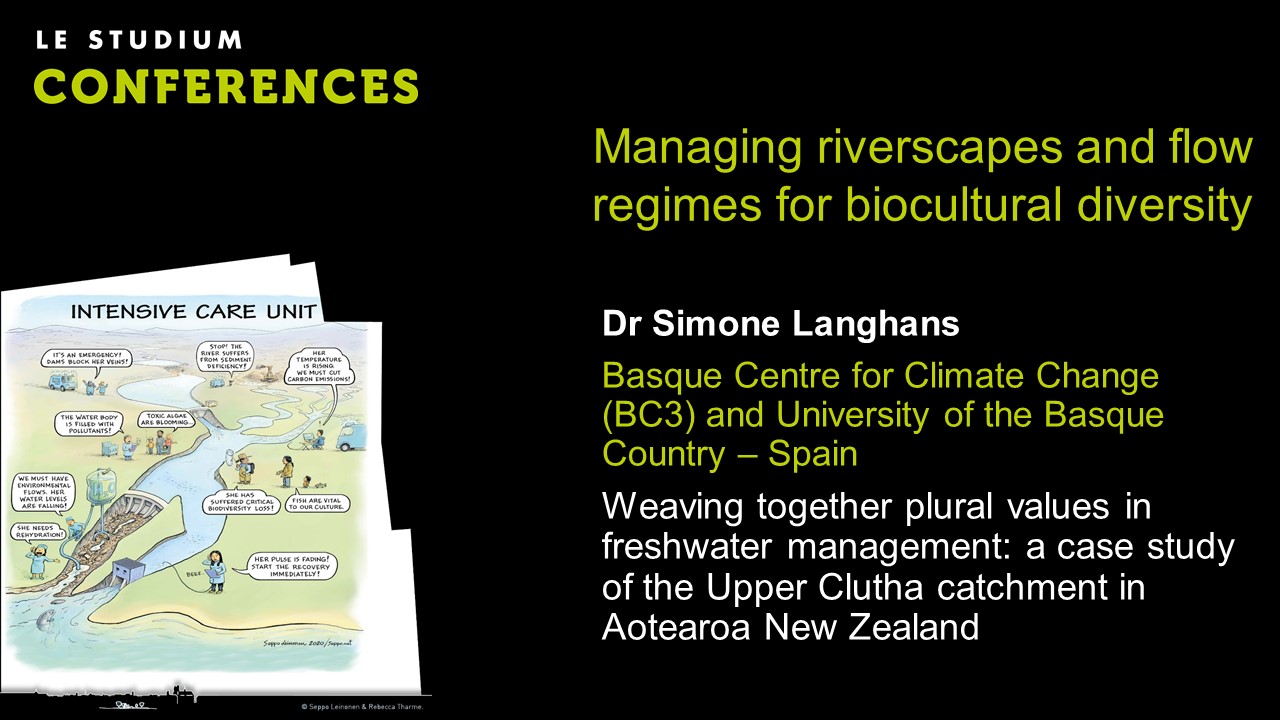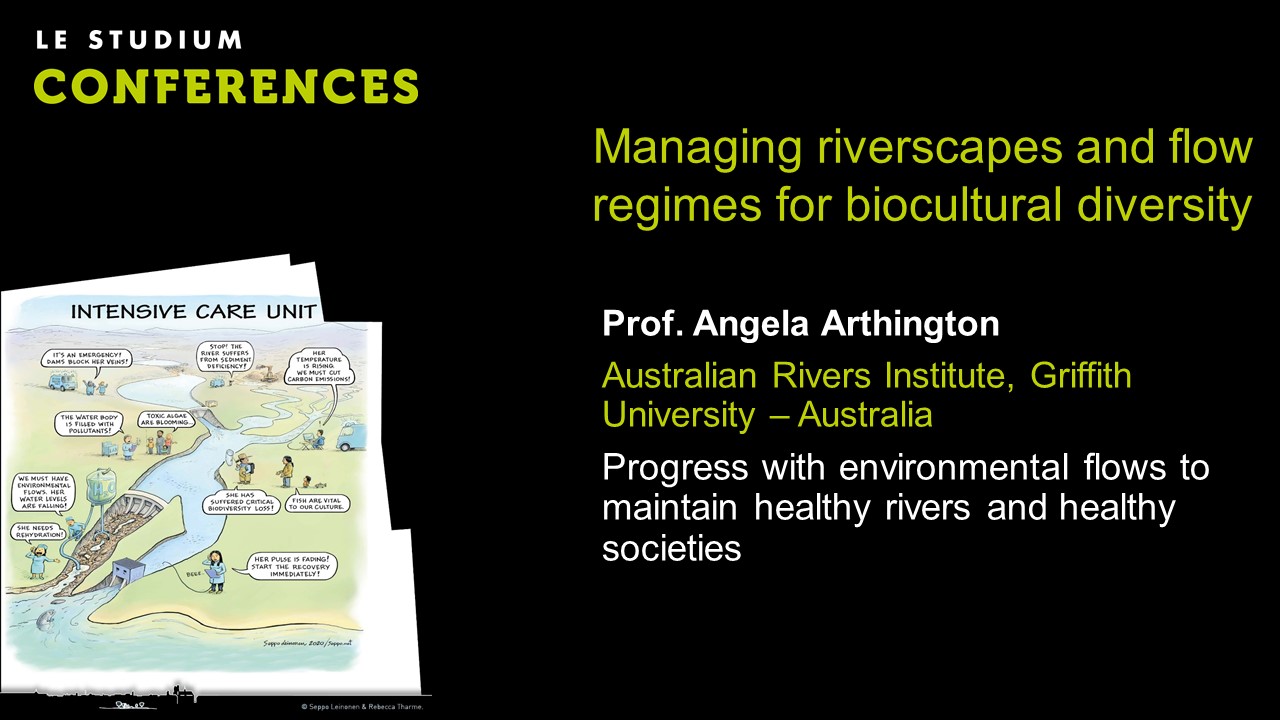Notice
Dave Pritchard - Action for culture and the water environment through the Ramsar Convention on Wetlands
- document 1 document 2 document 3
- niveau 1 niveau 2 niveau 3
Descriptif
The intergovernmental Ramsar Convention onWetlands celebrates its 50th anniversary this year. Its global treaty provisions and conservationpolicy frameworks have always been based on the bestavailable ecological and hydrological science. Over the years, however, there has been agrowing appreciation that truly sustainable strategies dependjust as much on understanding societal factors, Indigenous knowledge, communitytraditions and contemporary advances in transdisciplinary research. A body of guidancematerials, knowledge exchange initiatives and cooperation activities on thesubject of culture and wetlands within the framework of the Convention hasconsequently taken shape in more recent times. This presentation will give a brief overview of these and the principlesinvolved. Particular reference will bemade to the role of the Ramsar Culture Network; and the presentation willconclude with some thoughts on prospects for the future.
Thème
Dans la même collection
-
Nupur Prothi Khanna - Cultural landscapes of Water systems in Asia
In this ‘SDG Decade of Action” we are aiming to facilitate a nature-culture orientation related to water wisdom with a focus on our young citizens. Traditional knowledge related to water has
-
Dr Erin O'Donnell - Reshaping the human relationship with water: what happens when a river becomes …
Globally, the status of rivers in law is changing rapidly, as rivers themselves are beginning to receive legal rights. This growing transnational movement accelerated in 2017 with the recognition of
-
Dr Tim Jardine - Canada’s freshwater deltas as complex and vulnerable social-ecological systems.
In north-western Canada, glacial retreat left behind large lakes that led to the development of three massive freshwater deltas (Peace-Athabasca, Slave and Saskatchewan). The productivity of these
-
Adapting social-cultural-environmental flows for cold regions.
In northern regions, many rivers remain ice-covered for a period of three to six months and have two distinct low flow periods: mid-winter and mid to late summer.
-
Dr Avril Horne - Participatory environmental flows assessments
Several of the key challenges to implementing environmental flows are related to the social and political context of environmental flows projects. These include community acceptance and buy in,
-
Dr Tim Badman - Natureculture approaches in the World Heritage Convention, and beyond.
This paper will provide a review of work being undertaken to bring together the consideration of nature and culture in policies, programmes and practices of the World Heritage Convention, and a
-
Dr Nathalie Richards - From the Mau Forest to Lake Victoria: The Journey of the Mara River in East …
The Mara River starts its journey in the Mau forest in Kenya, flowing through diverse waterscapes and famous savannahs into Tanzania, where it reaches the Mara wetland system before spilling into
-
Freshwater megafauna: diversity, status, and cultural importance
By Dr Fengzhi He and Dr Rebecca Tharme : Megafauna species play important ecological roles. Owing to their intrinsic characteristics such as large habitat requirements, long lifespan, and late
-
Prof. Karl Wantzen - Development(s) of the River Culture Concept
Rivers give rhythm to all life in their catchments. Floods and droughts trigger both, etho-physiological adaptations by biota, resulting in biodiversity, and one species, H. sapiens, resulting in
-
Dr Simone Langhans - Weaving together plural values in freshwater management: a case study of the U…
Public participation is an effective way to resolve the tensions between contested objectives, while maintaining ecological integrity. New Zealand is one of the few countries that takes a
-
Prof. Angela Arthington - Progress with environmental flows to maintain healthy rivers and healthy …
The science and practical applications of environmental flows (e-flows) have advanced rapidly since the early 1980s. E-flows serve as a means to protect the flow regimes and ecosystems of

